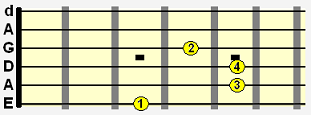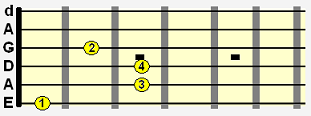Once again, a simple demonstration of how simply changing the tuning of your guitar can provide you with some fresh voicings for those common open chord shapes down at the first few frets…
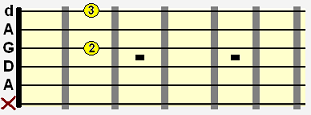
D suspended 2 (Dsus2) open chord
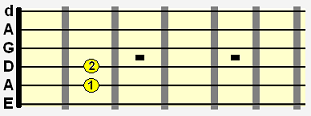
E minor 7 added 11 (Em7add11) open chord

C dominant 9 (C9) open chord
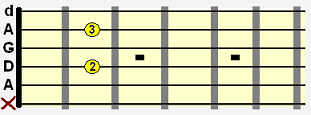
A suspended 9 (Asus9) open chord
I especially like how this tuning alters that regular open C shape. Really adds colour to it, although it may not be what you always need.
There’s a nice flow to this progression that just grabbed me – because these are open chords, they blend into one another seamlessly, and even though that dominant C major chord pushes it outside the conventions of a standard diatonic progression, there are enough “shared notes” with the other chords for it to not sound too misplaced.
That’s a key point for today – shared notes. You can often use the more jarring, unconventional chord changes if that chord contains tones (or even just one tone) from the previous chord…



 Posted by fretjam
Posted by fretjam 